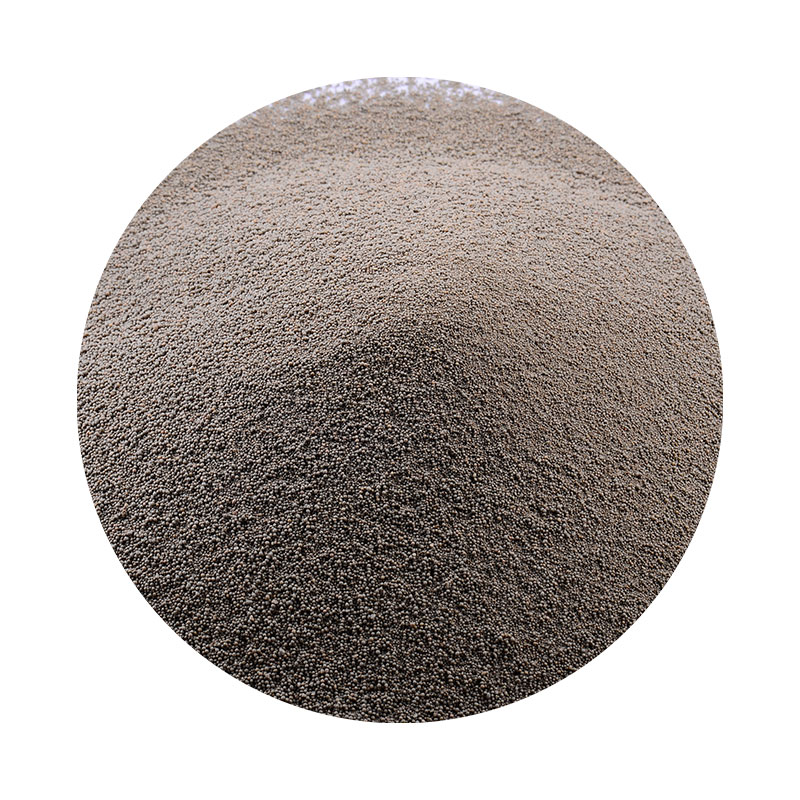Achieving Smooth 3D Prints Without Sanding
In the world of additive manufacturing, the pursuit of achieving smooth and high-quality 3D prints is a common challenge faced by hobbyists and professionals alike. While sanding is a traditional method for finishing prints, it can be time-consuming and labor-intensive. Fortunately, there are innovative techniques and best practices that can help you create smooth 3D prints directly from the printer.
Optimize Printer Settings
One of the most effective ways to enhance the surface finish of your prints is by fine-tuning your printer settings. The layer height plays a significant role in determining the smoothness of the final product. By reducing the layer height, you increase the number of layers in your print, resulting in finer detail and a smoother surface. Additionally, adjusting the print speed can also impact the finish; slower speeds often yield better quality as the filament has more time to properly adhere to the previous layer.
Temperature Control
Temperature settings should not be overlooked when aiming for smooth finishes. Each filament type has an optimal printing temperature that allows it to flow more evenly. Testing different temperatures can help you find the sweet spot, which can minimize layer lines and enhance the overall surface appearance. Moreover, maintaining a consistent temperature throughout the print helps in avoiding warping or other surface defects.
Use of Quality Filament
smooth 3d prints without sanding

The type of filament you choose can significantly affect the smoothness of your print. High-quality filaments typically provide better flow characteristics and adhesion between layers. Filaments infused with additives, such as those containing polycarbonate or nylon, can offer better surface finishes and increased strength. Experimenting with different materials can lead to astonishing results without the need for extensive post-processing.
Consider Print Orientation
Print orientation also plays a crucial role in determining the finish of your final product. Parts printed vertically might show more layer lines due to the height of each layer, whereas horizontal prints can often achieve a smoother appearance. Analyzing the design and selecting the optimal orientation can greatly enhance the surface finish.
Post-Processing Techniques
If you still desire a bit of enhancement after printing, consider non-abrasive post-processing methods. Techniques such as vapor smoothing, which involves exposing the print to a solvent vapor, can create an incredibly smooth surface without the use of sanding. This method is especially effective with ABS filament, providing a glossy finish.
Conclusion
Achieving smooth 3D prints without sanding is entirely possible through careful adjustments in printer settings, filament selection, and print orientation. By understanding and applying these methods, you can produce high-quality prints that require minimal additional work, allowing you to focus more on your creativity and less on finishing techniques. Embrace these changes, and you’ll notice a significant improvement in your 3D printing projects.
Post time:nov . 30, 2024 00:29
Next:Exploring Sand Casting Processes and Innovations in China’s Manufacturing Industry
